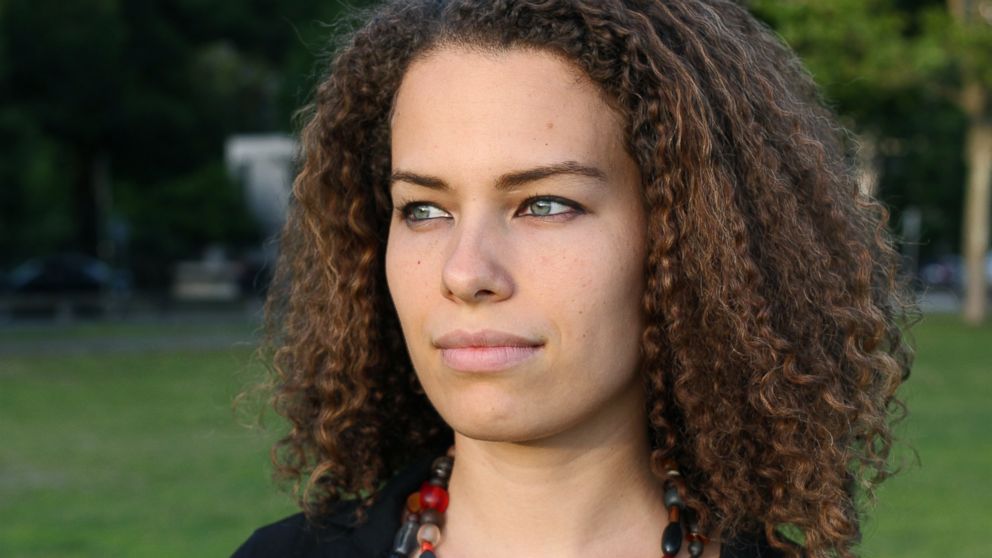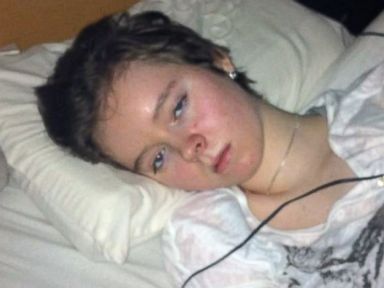By Roberta Rampton and David Morgan
BOSTON/WASHINGTON (Reuters) – President Barack Obama said on Wednesday that “bad apple” insurance companies, not his signature healthcare law, are to blame for hundreds of thousands of people losing their coverage in the past few weeks.
As administration officials scrambled to fix technical problems on an online insurance marketplace that is central to the success of the Affordable Care Act, Obama blamed private insurers for a separate problem that has critics questioning his honesty.
The president has repeatedly promised that people who are happy with their health plans would not have to change coverage because of the law, known as Obamacare.
But the termination of individual policies has given his Republican opponents additional ammunition to criticize the program they have tried to stop since its inception in Obama’s first term.
View gallery.”

U.S. Secretary of Health and Human Services Kathleen Sebelius is sworn in to testify before a House …
Republicans’ assertion that Obama had broken a major promise to the electorate is potentially more damaging than the glitch-ridden website rollout on October 1.
Obama’s approval rating hit a new low in a NBC News/Wall Street Journal poll issued on Wednesday, a result the pollsters attributed to multiple setbacks including the Obamacare problems.
The law requires insurers to offer a higher level of minimum coverage that includes maternity care and mental health treatment, among other benefits. Individuals who do not have policies that meet the new standards may see their coverage canceled at the end of the year, or may find that the monthly payments are beyond what they can afford.
Speaking in Boston, Obama said those who are getting dropped will be able to find new options through the online insurance exchanges, or marketplaces, established under the 2010 law.
“Just shop around in the new marketplace,” he said. “You’re going to get a better deal.”
View gallery.”

U.S. Health and Human Services (HHS) Secretary Kathleen Sebelius is sworn in to testify before a Hou …
He also stressed that the law allows Americans to keep bare-bones plans created before the law was signed, as long as insurers did not change or cancel them.
“Remember, before the Affordable Care Act, these bad-apple insurers had free rein every single year to limit the care that you received, or used minor pre-existing conditions to jack up your premiums, or bill you into bankruptcy,” Obama said.
America’s Health Insurance Plans, the national trade group for health insurers, said the law requires coverage beyond what many people choose to purchase currently.
“Health plans want to keep customers,” said group spokesman Robert Zirkelbach in a statement. In notices to customers about changes to their policies, he said, health plans were educating consumers about their options and helping them enroll in coverage “that’s right for them.”
‘A BROKEN HEALTHCARE SYSTEM’
View gallery.”

Staff members working for Republican U.S. congressmen look on under an image of the Healthcare.gov w …
The law is the most sweeping new social program since the creation of Medicare and Medicaid in the 1960s.
It is intended to move the United States closer to the goal of universal care by using market-based mechanisms to deliver affordable insurance to less affluent families that have been priced out by decades of rising healthcare costs.
Obama said he would not allow the country to return to the previous system, which gave insurers wide latitude to refuse coverage to consumers that they did not deem profitable.
“I don’t think we should go back to the daily cruelties and indignities and constant insecurity of a broken healthcare system,” he said.
Technical woes, however, have prevented millions of Americans from exploring those options through the government’s HealthCare.gov portal since it was unveiled.
View gallery.”

U.S. Health and Human Services (HHS) Secretary Kathleen Sebelius departs after testifying before a H …
On Capitol Hill, Obama’s top health official called the debut a “debacle” as she sought to assure skeptical lawmakers at a congressional hearing that the administration would eventually get the portal to work smoothly.
HealthCare.gov was down over the course of the four-hour hearing.
“Hold me accountable for the debacle,” Health and Human Services Secretary Kathleen Sebelius told the U.S. House of Representatives Energy and Commerce Committee.
“I told the president that we were ready to go. Clearly I was wrong,” she said.
The security of the site was at “high risk” because of a lack of testing before it opened for enrollment, according to a government memorandum reviewed by Reuters.
View gallery.”

U.S. Health and Human Services (HHS) Secretary Kathleen Sebelius departs after testifying before a H …
Sebelius said HHS is conducting weekly security tests to ensure visitors are protected.
She has drawn intense criticism from Republicans, who have called for her or other senior officials to resign. She seemed to survive the high-profile hearing without further damage. A White House spokesman said after the hearing that Obama has “complete confidence” in Sebelius.
Republicans have sought to derail the healthcare overhaul since Obama took office in 2009, culminating in a 16-day government shutdown this month that has cost the U.S. economy an estimated $ 24 billion, according to Standard & Poor’s ratings agency. Republicans say the program is an unwarranted expansion of the federal government.
The website’s woes and insurance plan terminations have given Republicans more ammunition.
“For those who lose the coverage they like, they may also be losing faith in their government,” said Michigan Representative Fred Upton, the Republican who oversaw the hearing.
View gallery.”

U.S. Secretary of Health and Human Services Kathleen Sebelius is escorted by security from her House …
Several Republican senators introduced legislation that would allow insurers to sell more plans that are not compliant with Obamacare. “One of two things is true here – either President Obama was being dishonest or he was disengaged once again,” Republican Senator Ron Johnson of Wisconsin said at a news conference.
Despite the drama, the public’s assessment of Obamacare has shifted little over the past months. Gallup reported that 36 percent of Americans believe it will make healthcare in the United States better, while 44 percent think it will make things worse – essentially the same as surveys found in August and June.
But the NBC News/Wall Street Journal poll found Obama’s rating fell to just 42 percent of Americans approving of his job performance, down 5 percentage points from earlier this month.
The pollsters attributed the decline to an accumulation of setbacks including allegations of spying by the National Security Agency, the recent government shutdown and the healthcare problems.
GROWING CONCERNS
View gallery.”

U.S. Representative Pete Olson (R-TX) holds up a quote attributed to Steve Jobs as he questions Heal …
The growing crisis surrounding Obama’s signature legislative achievement could diminish his influence in Congress and threaten his other priorities like immigration reform signed into law in his remaining three years in office.
U.S. presidents have a limited time to enact their agenda in the second term before they start losing influence as lawmakers start worrying about re-election.
Obama spoke at Boston’s historic Faneuil Hall, where in 2006 then-Governor Mitt Romney, a Republican, signed a state law that served as a model for Obama’s health reforms.
Like Obamacare, that law had a rocky start – state officials delayed some aspects for several months, and the White House says only 123 people signed up in the first month it was available. By the end of the year-long enrollment period, 36,000 had signed up.
The Obama administration likewise expects “a very small number” of people to sign up initially for coverage, Sebelius said. Overall, U.S. officials hope 7 million people sign up in the first year.
View gallery.”

U.S. Representative Cory Gardner (R-CO) refers to an ad from a Colorado-based group called the Thank …
The White House has declined to say how many Americans have enrolled so far. It also has asked states that run their own online healthcare exchanges to stop releasing their own data, according to Kevin Counihan, who runs Connecticut’s health site.
“The White House is coordinating this stuff and trying to get states to report when they report — once a month,” Counihan told reporters. “We’ll do it every two weeks.”
(Additional reporting by Susan Heavey, Anna Yukhananov, Steve Holland, Thomas Ferraro, Jim Finkle, Lewis Krauskopf, Caren Bohan, Karey Van Hall and Sharon Begley; Writing by Andy Sullivan; Editing by Ross Colvin, Grant McCool and Tim Dobbyn)
- Health Care Policy
- Politics & Government
- Barack Obama
- Kathleen Sebelius
//



